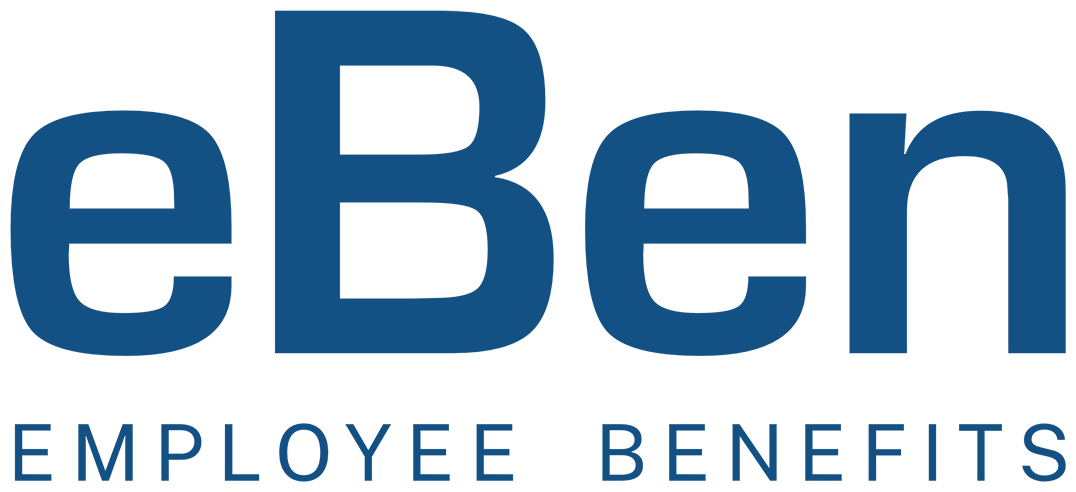Despite women’s substantial contributions to the workforce, the workplace gender gap is more pervasive than simply pay discrepancies. Even with significant legislation like the Equal Pay Act (1963) and the Civil Rights Act (1964), women still earn about 83.7% of men’s earnings, as noted by the U.S. Department of Labor. Beyond wages, this inequality extends to benefits such as health insurance, paid leave, pensions, and more.
A Global Gender Gap Report by The World Economic Forum predicts a century-long wait to achieve gender equality in the workplace at the current pace. However, employers can adopt immediate strategies to foster equality, bridging the gap in employee benefits and cultivating a positive work environment.
Understanding the Significance of Gender Equality in the Workplace
Workplace gender equality spans equal pay, treatment, representation in leadership roles, and access to training and growth opportunities. By ensuring all genders receive the same resources, rewards, and opportunities, businesses can enjoy numerous benefits:
- Access to a broader talent pool: Modern employees, understanding the importance of gender equality, are drawn to organizations that encourage the talents of all genders for growth.
- Increased productivity: Employees perform better when they feel valued and respected, regardless of gender.
- Higher profitability: Engaged, productive employees drive business success, with gender diversity often correlating with improved performance.
Six Practical Strategies for Cultivating Workplace Equality
 1. Reconsider Your Recruitment Process
1. Reconsider Your Recruitment Process
Equality begins with recruitment. Craft inclusive job descriptions and ensure unbiased interviews, irrespective of job role or seniority level. Implement unconscious bias training to mitigate any internal prejudices.
2. Establish Fair, Competitive Pay
Implement a fair compensation strategy, providing equal pay for equal work across genders. Equal and competitive compensation attracts top-tier talent and promotes loyalty. Ensure promotions are based on merit and skill rather than gender.
3. Offer Comprehensive Employee Benefits
Burnout is a significant issue, notably among women, with 42% reporting burnout, according to McKinsey’s Women in the Workplace report. Comprehensive benefits packages promoting work-life balance can reduce burnout, empowering women to be more active in the workplace.
4. Encourage Employee Feedback
Direct discussions with employees can highlight unseen gender inequalities and provide actionable insights. Utilize surveys or group meetings to collect valuable feedback.
5. Implement Nondiscriminatory HR Policies
Review HR policies to ensure nondiscrimination, from hiring to compensation, career progression, and job roles. Establish a zero-tolerance policy towards gender bias in all professional interactions.
6. Cultivate an Inclusive Company Culture
Building an inclusive culture is key to reducing the gender gap. It’s vital that all employees feel appreciated and indispensable to the team. Further, aim to lessen situations where a woman is a lone female, or one of only a few, in any given scenario – an experience reported by 20% of women, according to a McKinsey study.
7. Incorporate Flexible Work Arrangements
In today’s fast-paced work environment, flexible work arrangements are becoming increasingly popular and vital. This flexibility includes telecommuting, flexible hours, and compressed workweeks. Not only can these arrangements assist in bridging the gender gap, but they also contribute to better work-life balance.
8. Create Inclusive Workplace Policies
Creating policies that consider your team’s unique needs can also contribute to reducing the gender gap. For instance, maternity leave, childcare support, and policies addressing workplace harassment make a workplace more comfortable and supportive for women. This approach not only boosts overall job satisfaction, but it also encourages a diverse and inclusive workplace environment.
 Building an Equitable Employee Benefits Strategy
Building an Equitable Employee Benefits Strategy
Promoting workplace equality is paramount in the modern, competitive job market. Prioritizing equity and inclusion attracts and retains talent, bridges the gender gap, enhances engagement, and boosts financial performance.
eBen has a proven track record in developing tailored benefits and HR policies that help close the employee benefits gender gap and foster workplace equality. To start promoting gender equality in your workplace, contact eBen online or call (910) 518-9338.


